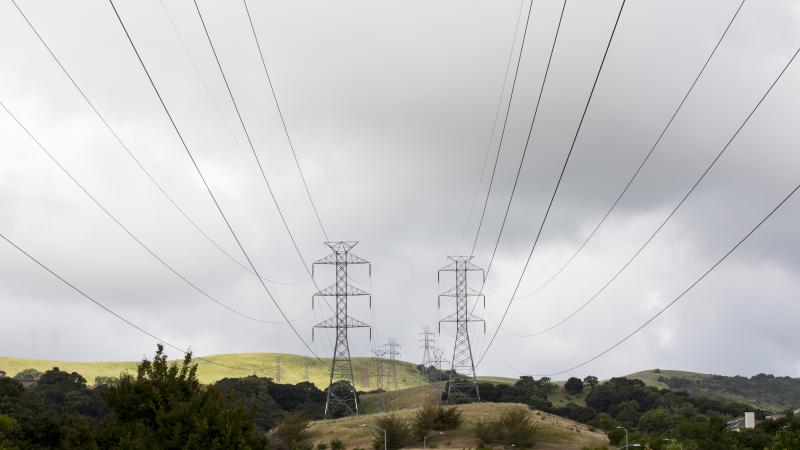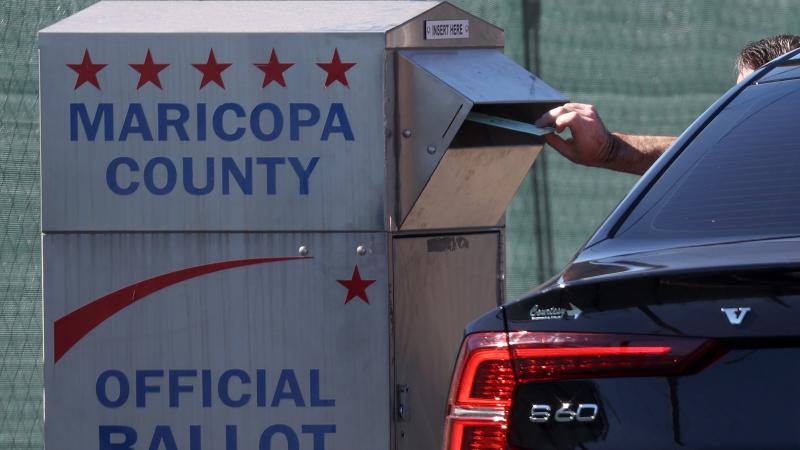U.S. crude production reaches record, led by Texas
Texas is leading primarily because production occurs on private land and Gov. Greg Abbott and the state legislature have implemented measures to support production and job creation,
The U.S. oil industry broke another production record this year, averaging 13.4 million barrels per day (b/d) of crude oil in August, according to a new U.S. Energy Information Agency report. The majority of production is coming from the Permian Basin in West Texas and southeast New Mexico, the report notes.
“More crude oil was produced in the United States during August 2024 than during December 2023, when the previous monthly record of 13.3 million b/d was set,” it states.
Texas producers have broken records this year in both oil and natural gas production and methane reduction. Texas is leading primarily because production occurs on private land and Gov. Greg Abbott and the state legislature have implemented measures to support production and job creation, The Center Square has reported.
In the first eight months of 2024, the average monthly U.S. crude oil production fell only once below 13.0 million b/d, in January, the EIA reports. For the full year of 2024, the EIA forecasts that U.S. crude oil production will average 13.2 million b/d, surpassing a 2023 record.
In 2025, the EIA forecasts U.S. crude oil production will break another record, averaging 13.5 million b/d, again led by production in the Permian Basin.
Under the Trump administration, the U.S. became the world’s top crude oil producer in 2018, led by growth in the Permian Basin, and has maintained that position every year since. In March, EIA noted that the U.S. “produces more crude oil than any country, ever.”
The 2023 crude oil production record “is unlikely to be broken in any other country in the near term because no other country has reached production capacity of 13.0 million b/d,” the EIA said. “Saudi Arabia’s state-owned Saudi Aramco recently scrapped plans to increase production capacity to 13.0 million b/d by 2027.”
Last week, the Organization of the Petroleum Exporting Countries, including Saudi Arabia and Russia, said they wouldn’t increase oil production before April. It was the third time OPEC+ announced it wasn’t increasing production since June.
The U.S. also leads the world in marketed natural gas production, led by Texas. EIA forecasts show averages of 113 billion cubic feet per day (Bcf/d) in 2024, but is expected to increase by 1% in 2025, averaging 114 Bcf/d, led by a 6% increase in the Permian.
By contrast, the EIA notes that California could soon be facing an even worse energy crisis. In a report released on Monday, it explains that a new California law and refinery closures “reflect ongoing challenges for the state’s fuel market.”
On Oct. 14, California Gov. Gavin Newsom signed a bill into law authorizing state regulators to establish minimum petroleum product inventory levels for refiners. Not soon after, refiner Phillips 66 announced its plan to close its Wilmington refinery in Los Angeles by the end of next year.
This is after it transitioned its Rodeo refinery near San Francisco into a renewable diesel production facility that no longer processes crude oil. When the Wilmington plant is closed, Phillips 66 will no longer refine crude oil in California.
Chevron also announced it was relocating its headquarters to Texas, following a pattern of other businesses establishing operations in Texas that later relocate their headquarters to Texas, The Center Square reported.
“California retail gasoline prices are consistently among the highest in the country and regularly exceed the U.S. average price by more than $1 per gallon,” the EIA notes. “While multiple factors contribute to higher retail gasoline prices in California, including higher crude oil costs and higher refining costs on the West Coast, the region has also historically maintained lower inventory levels relative to the rest of the country.
“Market participants often use inventories to assess the availability of petroleum products. If inventories drop too low, retailers can struggle to secure the product they need, which increases prices as product becomes scarce. After removing pipeline volumes from total inventories, gasoline inventories in California have been consistently lower than the U.S. average on a days-of-supply basis.”
Unlike Texas, California doesn’t have an extensive pipeline structure or anywhere near the number of refineries to process petroleum products and transport them. As a result, losing the Wilmington refinery alone, responsible for 8% of the state’s refining capacity, is expected to increase energy costs.
California will need to import gasoline and other petroleum products to meet energy demands, the EIA notes. This will result in longer shipping times for deliveries and fuel supply shortages if petroleum products are purchased from foreign refiners that can’t meet California’s gasoline formulation requirement, CARBOB, the report explains.
California’s “Cap-and-Trade” program, related to buying “carbon credits,” will also increase fuel prices and potentially lead to additional refineries closing, driving costs up even more, the EIA notes.















